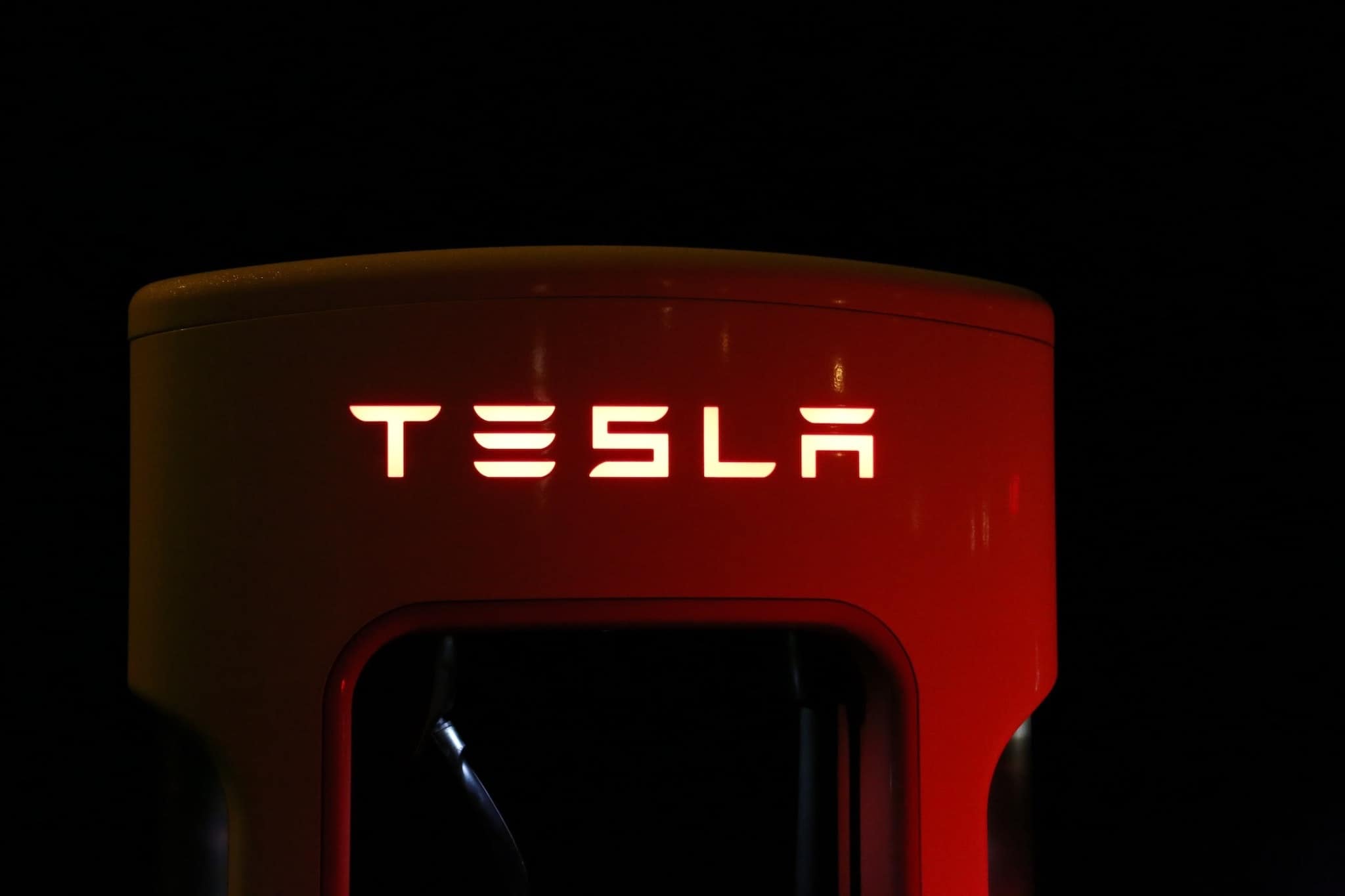
One of the key hurdles in the mass adaption of electric vehicles is said to be the lack of charging solutions. The prospective EV buyers are anxious about the range of their vehicles. As a countermeasure and to facilitate a smooth transition, governments, and auto manufacturers are investing heavily in setting up charging stations across the world. Money and efforts are being poured into the development and distribution of better EV charging technologies.
But the real question is, Do we need such a massive infrastructure for charging our EVs?
Well… let us look into that today.
The Battery of an EV
One of the main causes of range anxiety, especially in third-world countries like India, concerns batteries. Many Indians compare or consider EV batteries with the batteries in their relatively low-priced phones. Though both are Lion batteries, there is a significant difference in the development and manufacturing of the industrial standard EV batteries.
The EV batteries go through a stringent set of quality checkups and are made sure that they are safe and reliable. The modern EV batteries offer a minimum of 200 miles range.
How Much Distance We Cover
The reality is that we drive a lot less than we think. A typical commutator drives only 40-50 miles a day. The new generation of more than 200-mile-range EVs can be charged at home or work. The owners never need to do it again for all of their driving around town and may notice electric vehicle charging stations in businesses and parking lots, but have no compelling reason to utilize them.
The Economics of Charging at Home
An EV buyer can set up a charging station at their parking space easily. Usually, we buy power from the grid at a retail price but generally arrange for “time of day” pricing, in which the electricity is cheaper at night.
Thus charging at night costs between 8 and 16 cents per kilowatt-hour, or around 2 to 4 cents every mile covered. Home charging perfectly combines the economics and convenience an electric vehicle offers on a primary level.
Though it makes perfect sense to charge at home for a few of us, everyone can’t adapt to such a system.
When There are No Dedicated Parking
Quite a number of the EV owners are city dwellers and they might not have the luxury of dedicated parking spaces for the vehicles. A shared charging station can be set up or even a dedicated parking space with charging facilities for the EVs in such a situation. Moving into a shared parking and charging station can be of a great deal for those who live in the cities.
Need for Public Charging Stations
Of course, we did not buy an electric vehicle only to travel in a small circle. The modern EVs are designed and manufactured for the pleasure of taking long and exhilarating drives with a splash of adrenaline.
When you are exploring new terrains or landscapes you will need public charging stations. The government and corporate initiatives on building EV charging stations can greatly help in such a situation.
How Charging Stations are Distributed
Several companies have several strategies when it comes to placing their charging stations. But one thing is for sure that the companies depend largely on data analysis to select the most convenient and useful locations to build their charging stations. Thus mindlessly building charging stations wherever possible is not the goal but strategically placing them on the user’s path.
The biggest impact that electric vehicles bring to the table is the convenience of home.
Our home acts as our fueling stations what a hassle-free experience it is!!!
Now it is evident that massive public charging facilities are not that necessary to lead the electric revolution yet, companies are investing heavily into that why is that?
Game Inside the Game
Companies and governments are also aware of this truth. But to drive a green revolution they want the people to be confident when they consider buying an electric vehicle.
When comparing with the IT sector or electronic industry, the automobile industry was lagging when it comes to the adaption of new technologies. The only thing that happened during the last century in the automotive sector was in the designs of the vehicle and engine parts and components. The core technology was still the Otto cycle( Petrol engine) or the Diesel cycle(Diesel engine).
We have been powering our vehicles in the same way for more than a century.
The electric car manufacturers are trying to change this century-old tradition here. They can’t risk anything it’s a battle going out there.
Conclusion
The best part of owning an electric car is obviously that you can charge the car at the convenience of our home and it is the perfect solution for our daily traveling requirements. Still, the modern EVs are designed for the sheer joy of driving and that’s where you will have to use a public charging station.
As I have mentioned earlier we are trying to change a century-old driving habit and it would require a lot of factors to happen. The major players in the EV sector have made it clear that they are not focusing on the capital when it comes to building charging station networks but the goal is to bring forth the EV revolution in all its glory by making people confident about the EV.
Charging stations(powered by sustainable sources) are always welcomed as they will only lead to a greener future.